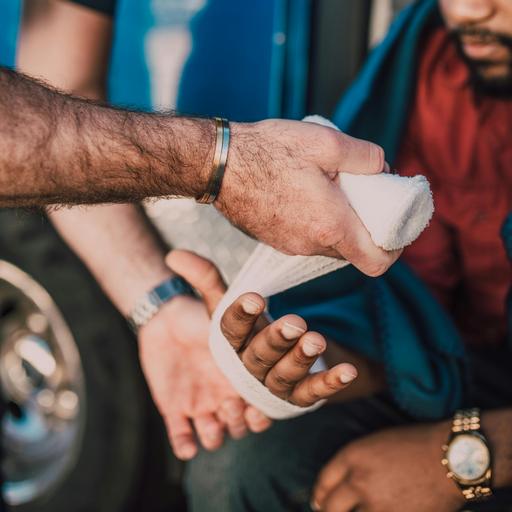Melanoma Detection and Skincare Advice

Skin health is important to prioritize year-round, but with May being Skin Cancer Awareness Month, it’s important to share vital information on Melanoma, prevention, early detection, and ways to seek help and proper care with a board-certified dermatologist.
What is Melanoma?
Melanoma is a type of skin cancer that arises when melanin-pigment making cells (melanocytes) grow abnormally. This form of skin cancer is most common on the trunk and extremities but can also be found in hidden places like the scalp and bottom of the foot. Melanoma may arise within an existing mole or on a normal appearing area of the skin. They can rarely develop inside the body wherever melanocytes can be found, such as the back of the eye on the retina.
Who is affected by it?
I want you to know that melanoma does not discriminate, and it may affect anyone regardless of their age or race. The average age of diagnosis is 65 but it may be found in younger people under 30. This type of skin cancer is 20 times more common in Caucasians versus in Black and Hispanic communities. However, many patients with skin of color tend to be diagnosed later when their melanoma may be more advanced. The risk of melanoma is greater in someone who has a history of multiple severe sunburns or tanning bed use and those with a first degree relative with a history of melanoma.
How dangerous is it and what are the signs?
Melanoma can be dangerous and life threatening when it is found later, which means it has gone deeper in the skin and possibly started to spread beyond the skin’s surface. Although it accounts for about 1% of all skin cancers diagnosed in the US, melanoma causes most deaths from skin cancer. What makes melanoma so dangerous is that it can spread to the lymph nodes and other organs inside the body. It is estimated that one person dies of melanoma every hour each day.
A melanoma typically does not have any symptoms in the early stages, but if left untreated, it may grow and cause problems such as pain, bleeding, and ulcers. Signs of a melanoma can include an abnormal appearing mole or growth that has changed over time or a new lesion that doesn’t look like any of the other spots on the skin. I call this the “ugly duckling” sign. Although rare, some melanomas may look like warts or skin tags.
Signs to help you detect a melanoma are called the ABC’s of melanoma which are:
- Asymmetry: one half doesn’t match the other half
- Border: edges are irregular or scalloped
- Color: more than one color per spot
- Diameter: larger than a pencil eraser
- Evolution: changes in color, shape or size over time
A normal mole should ideally be smaller than a pencil eraser with smooth edges and just one color. It should stay the same shape, size, and color over your lifetime. Melanomas don’t always follow these rules, so you should ask your doctor about it if you have a spot of concern.
How do you treat melanoma?
Most melanomas are cured by surgery where the site of the melanoma and a small margin of normal skin is excised, and then the skin is stitched together. However, if melanoma is thicker or has spread to other body sites, it may require additional treatments like removal of the lymph nodes, radiation, and chemotherapy. When melanomas are more advanced dermatologists may partner with other physicians such as a surgical oncologist, medical oncologist or radiation oncologist.
How do you prevent melanoma?
Melanoma prevention starts with sun protection. Ultraviolet exposure from the sun and radiation from tanning beds are the leading causes of damage that lead to melanoma. Therefore, it is very important to reduce the risk of sunburn and getting a tan when you are outdoors for extended periods of time.
Melanoma prevention tips:
- Wear a broad-spectrum sunscreen with SPF 30 or greater on exposed areas like the face, neck, and ears daily.
- Avoid the use of devices that emit harmful rays like gel nail curing devices and tanning beds.
- Apply sunscreen to the body 15 minutes prior to sun exposure and remember to reapply after 2 hours or after sweating or toweling off your skin.
- Wear a hat and sun protective clothing with special sun blocking fabric.
- Have an annual skin cancer screening with a board-certified.
- Do a monthly self-skin exam to look for new or changing spots.
I hope you find this information as part of your skin health journey. As an additional step of prevention and general care for your skin, I recommend booking a visit with a dermatologist in your area using the Vaseline x HUED Find-a-derm tool.


